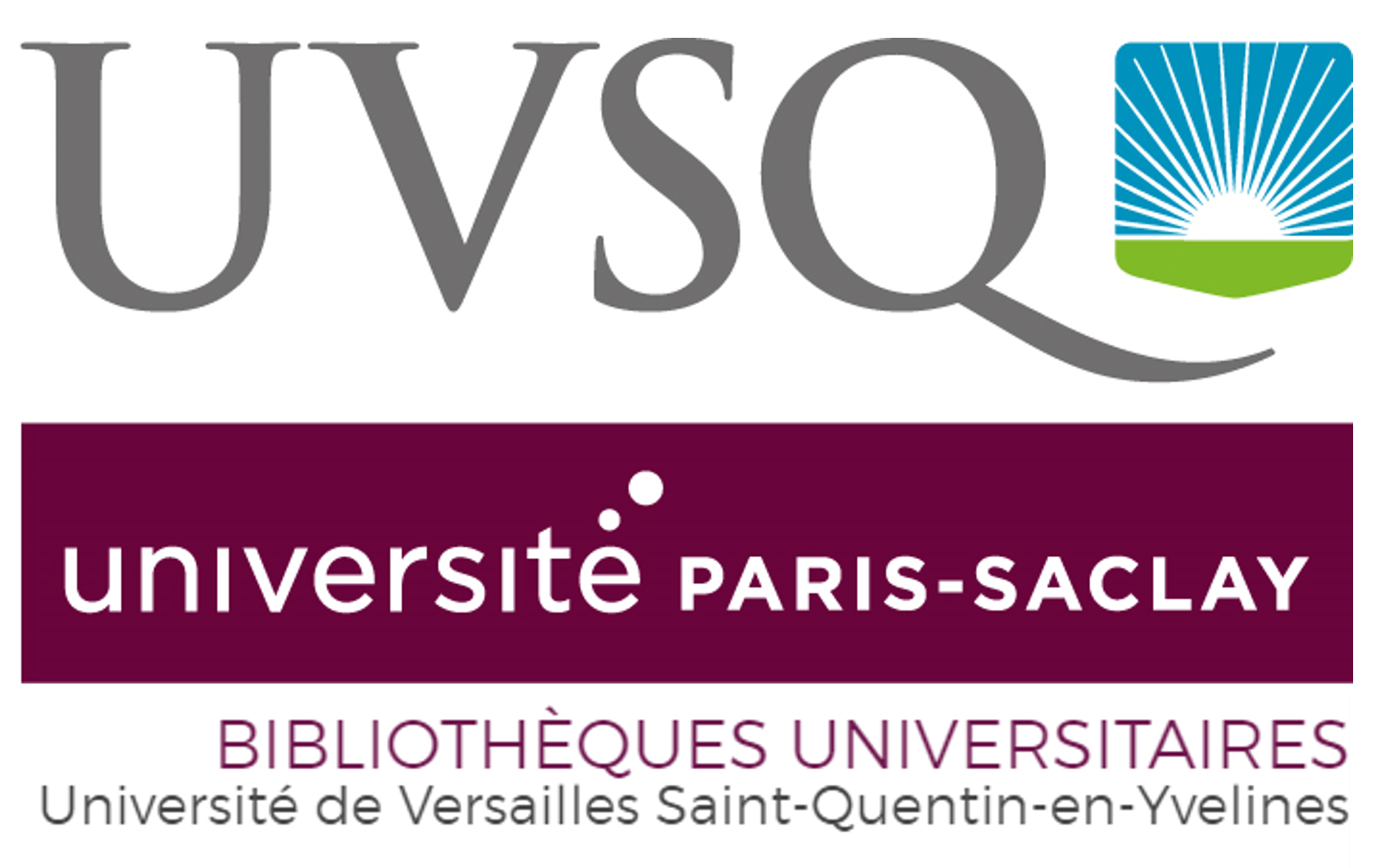Intravenous fluid therapy in the perioperative and critical care setting: Executive summary of the International Fluid Academy (IFA)
Résumé
Intravenous fuid administration should be considered as any other pharmacological prescription. There are three
main indications: resuscitation, replacement, and maintenance. Moreover, the impact of fuid administration as drug
diluent or to preserve catheter patency, i.e., fuid creep, should also be considered. As for antibiotics, intravenous fuid
administration should follow the four Ds: drug, dosing, duration, de-escalation. Among crystalloids, balanced solutions limit acid–base alterations and chloride load and should be preferred, as this likely prevents renal dysfunction.
Among colloids, albumin, the only available natural colloid, may have benefcial efects. The last decade has seen
growing interest in the potential harms related to fuid overloading. In the perioperative setting, appropriate fuid
management that maintains adequate organ perfusion while limiting fuid administration should represent the standard of care. Protocols including a restrictive continuous fuid administration alongside bolus administration to achieve
hemodynamic targets have been proposed. A similar approach should be considered also for critically ill patients, in
whom increased endothelial permeability makes this strategy more relevant. Active de-escalation protocols may be
necessary in a later phase. The R.O.S.E. conceptual model (Resuscitation, Optimization, Stabilization, Evacuation) summarizes accurately a dynamic approach to fuid therapy, maximizing benefts and minimizing harms. Even in specifc
categories of critically ill patients, i.e., with trauma or burns, fuid therapy should be carefully applied, considering the
importance of their specifc aims; maintaining peripheral oxygen delivery, while avoiding the consequences of fuid
overload.
Domaines
Santé| Origine | Fichiers éditeurs autorisés sur une archive ouverte |
|---|



